Bridging the Gap: Windows 10 and Android File Sharing with Nearby Sharing
Related Articles: Bridging the Gap: Windows 10 and Android File Sharing with Nearby Sharing
Introduction
With enthusiasm, let’s navigate through the intriguing topic related to Bridging the Gap: Windows 10 and Android File Sharing with Nearby Sharing. Let’s weave interesting information and offer fresh perspectives to the readers.
Table of Content
- 1 Related Articles: Bridging the Gap: Windows 10 and Android File Sharing with Nearby Sharing
- 2 Introduction
- 3 Bridging the Gap: Windows 10 and Android File Sharing with Nearby Sharing
- 4 Closure
Bridging the Gap: Windows 10 and Android File Sharing with Nearby Sharing
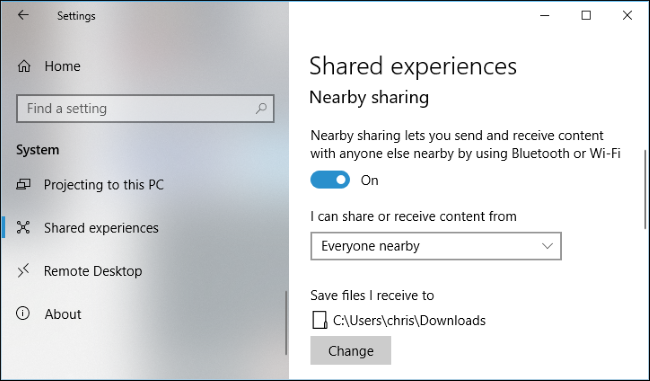
The seamless exchange of data between different operating systems has long been a challenge for users. While Apple devices have enjoyed the convenience of AirDrop, Windows users have often relied on cumbersome methods like email attachments or cloud storage services. However, with the introduction of Nearby Sharing on Windows 10, Microsoft has taken a significant step towards simplifying file transfer between Windows PCs and Android devices.
This feature leverages Bluetooth and Wi-Fi to enable fast and secure file sharing, eliminating the need for complex setup or third-party applications. Nearby Sharing offers a user-friendly experience, akin to AirDrop, making it a valuable tool for both personal and professional use.
Understanding the Mechanics of Nearby Sharing
Nearby Sharing functions by utilizing a combination of Bluetooth and Wi-Fi to establish a direct connection between devices. The process can be summarized as follows:
Advantages of Using Nearby Sharing
The benefits of Nearby Sharing extend beyond its simplicity and ease of use. It offers a number of advantages over traditional file transfer methods:
- Speed: Nearby Sharing leverages the speed of Wi-Fi Direct, significantly reducing transfer times compared to traditional methods like Bluetooth or cloud storage.
- Security: The Wi-Fi Direct connection ensures that data is transferred securely, eliminating the risk of interception or unauthorized access.
- Convenience: Nearby Sharing simplifies the file transfer process, eliminating the need for cumbersome steps like creating accounts or setting up complex configurations.
- Cross-platform Compatibility: While primarily designed for Windows 10 and Android devices, Nearby Sharing can also be utilized for file transfer between Windows 10 devices. This allows for seamless collaboration and data sharing within a Windows ecosystem.
How to Set Up and Utilize Nearby Sharing
Setting up and using Nearby Sharing is straightforward:
Tips for Optimizing Nearby Sharing
- Ensure Bluetooth and Wi-Fi are enabled: Both Bluetooth and Wi-Fi must be active on both devices for Nearby Sharing to function correctly.
- Keep devices close: For optimal performance, ensure the devices are within close proximity to each other, typically within a range of a few meters.
- Check for updates: Ensure both devices are running the latest versions of their respective operating systems. Updates often include improvements and bug fixes that can enhance Nearby Sharing functionality.
- Troubleshooting: If you encounter difficulties, consider restarting both devices, checking network connectivity, or temporarily disabling and re-enabling Nearby Sharing on both devices.
Frequently Asked Questions (FAQs)
Q: What types of files can I share using Nearby Sharing?
A: Nearby Sharing supports the transfer of a wide range of files, including documents, images, videos, and even entire folders.
Q: Is Nearby Sharing secure?
A: Yes, Nearby Sharing uses Wi-Fi Direct to establish a secure connection between devices, ensuring that data is transferred privately and securely.
Q: What devices are compatible with Nearby Sharing?
A: Nearby Sharing is compatible with Windows 10 PCs and Android devices running Android 6.0 (Marshmallow) or later.
Q: Can I use Nearby Sharing to transfer files to a Windows 10 laptop from an iPhone?
A: Currently, Nearby Sharing is not compatible with Apple devices.
Q: Can I share files with multiple devices simultaneously?
A: Currently, Nearby Sharing only allows for file transfer to a single device at a time.
Conclusion
Nearby Sharing represents a significant advancement in cross-platform file sharing, offering a convenient and secure alternative to traditional methods. Its ease of use, speed, and security make it an invaluable tool for users who frequently transfer files between Windows 10 PCs and Android devices. As technology continues to evolve, it is likely that Nearby Sharing will become even more versatile and integrated into the user experience, further simplifying the sharing of data across different platforms.

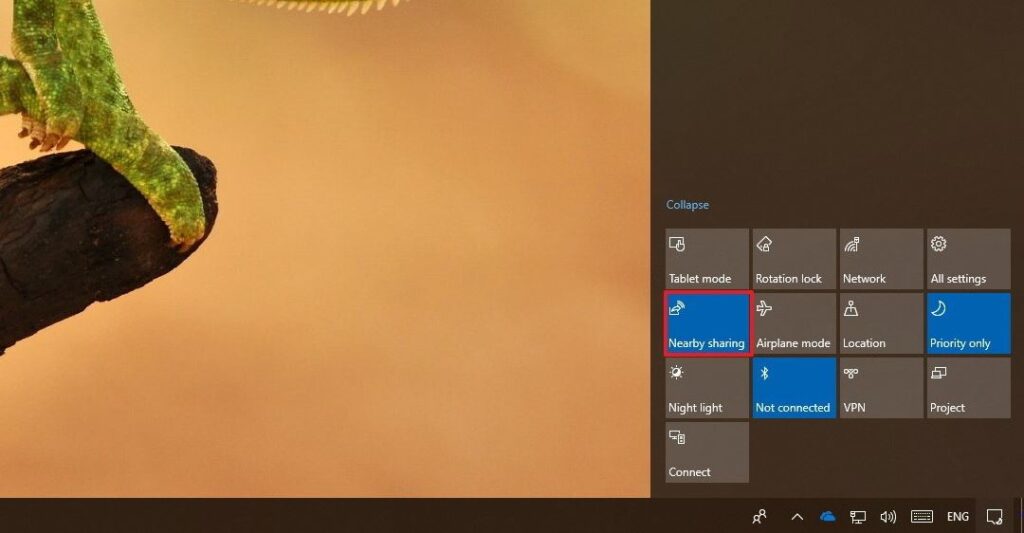
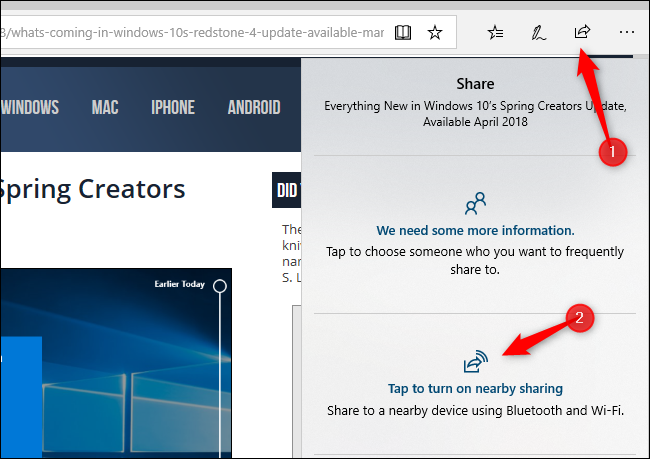
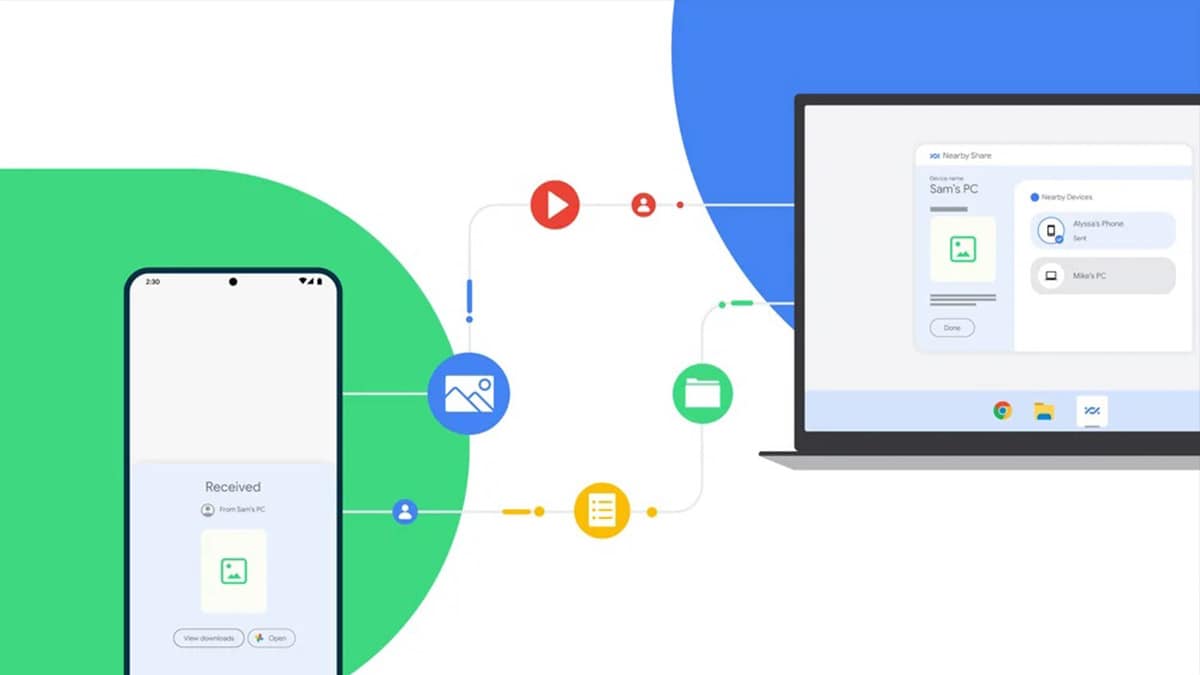
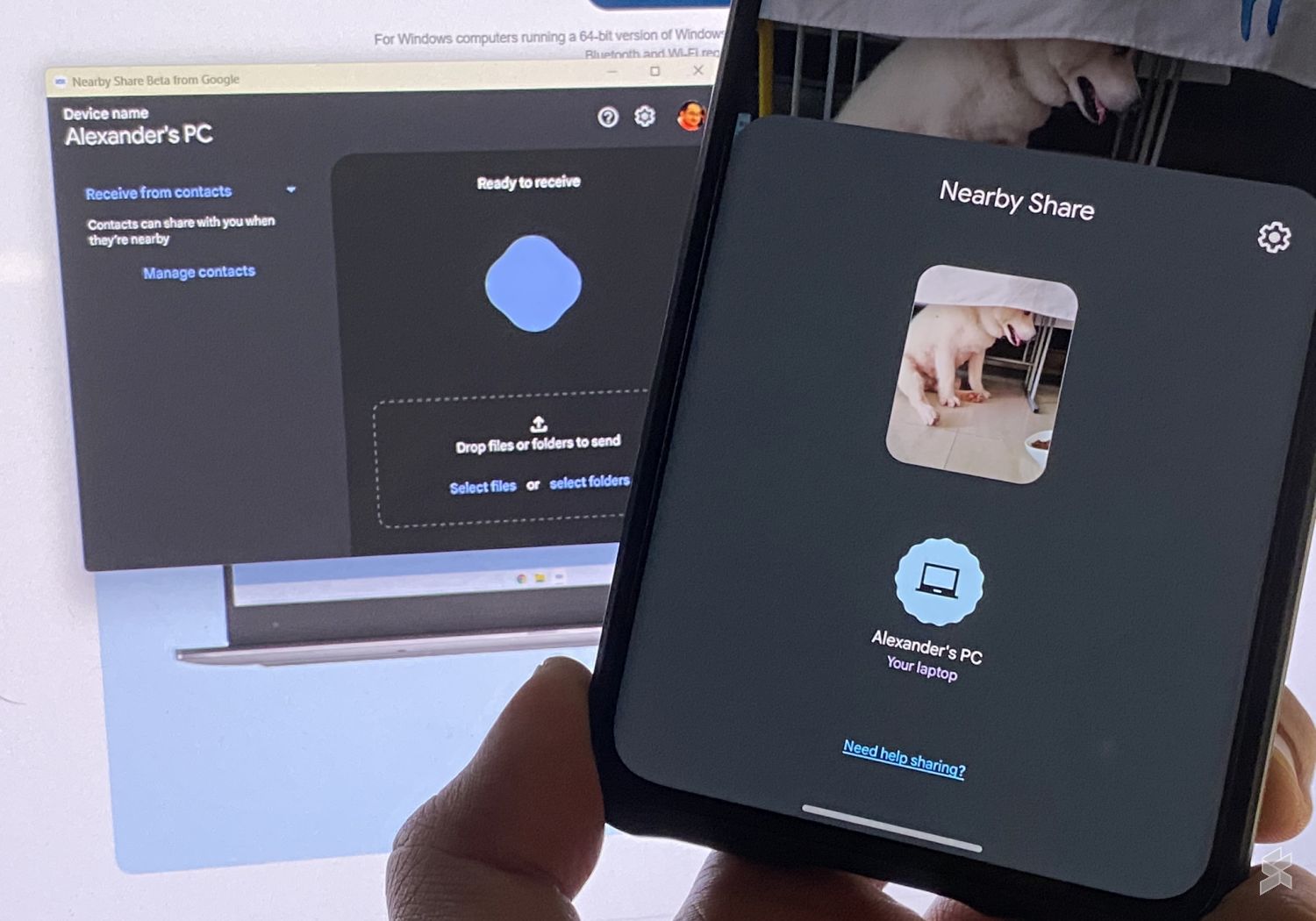
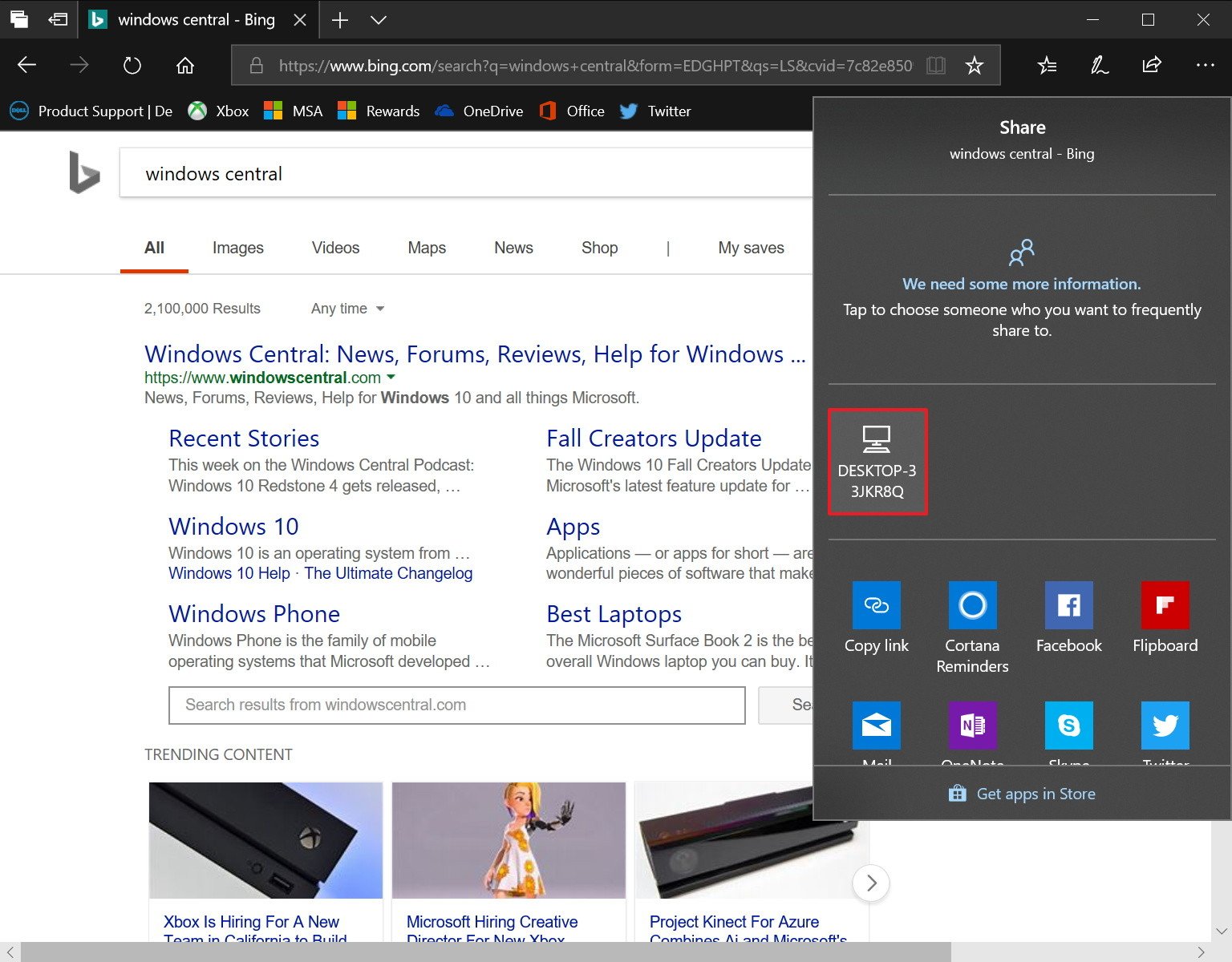


Closure
Thus, we hope this article has provided valuable insights into Bridging the Gap: Windows 10 and Android File Sharing with Nearby Sharing. We appreciate your attention to our article. See you in our next article!
2025